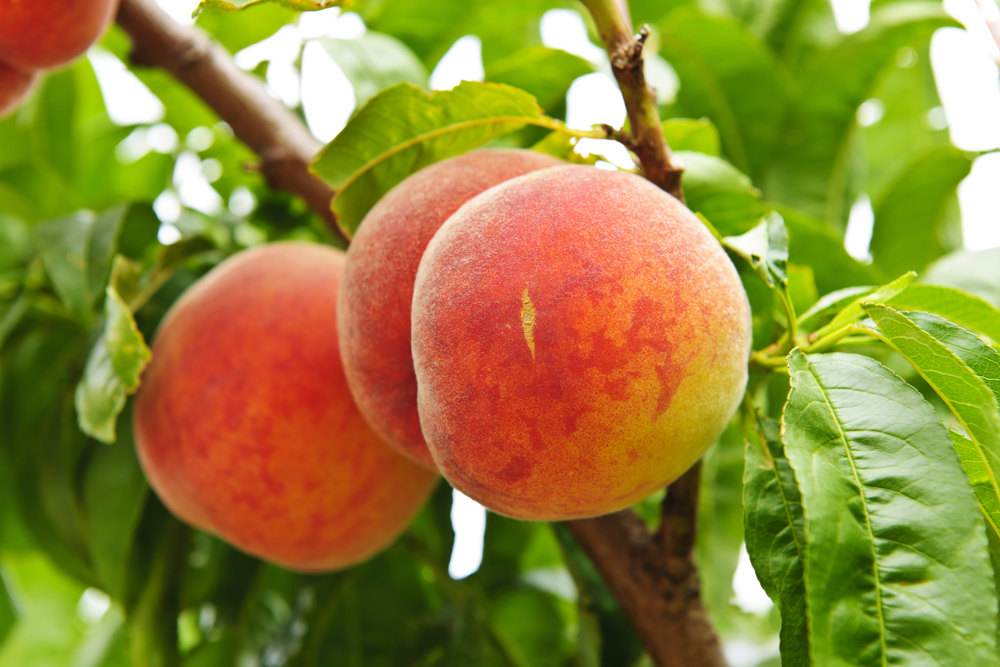
By Ashley Robinson
Weather conditions are an important factor when it comes to growing peaches in Florida.
Florida’s mild winters and fluctuating temperatures in the fall continue to be challenges for peach production. Because peach trees are deciduous, they require a certain amount of cold weather to become dormant. Once the cold weather requirement for dormancy is met, the warm spring weather ends the dormancy period, resulting in floral bud break.
The number of chill hours needed to end dormancy depends on the peach variety. In the past several years, the required chill hour accumulation to achieve uniform bud break was often not achieved until late January.
“Since our winters are so mild in Florida, we are seeing that the trees are not going into proper dormancy, which means the trees are never sleeping in the winters. You always see some amount of flowering which is a concern because you’re losing those buds and potential fruit, since they won’t be harvested” says Tripti Vashisth, an assistant professor of horticulture at the University of Florida Institute of Food and Agricultural Sciences (UF/IFAS).
Hydrogen Cyanamide Trials
Hydrogen cyanamide is a plant growth regulator used worldwide in fruit crops to break dormancy. The chemical is known for promoting uniform flowering, which is beneficial for growers because a uniform fruit set requires fewer passes to plant and harvest the crop. To ensure that hydrogen cyanamide works well for low-chill peach cultivars under Florida conditions, researchers at UF have been testing the effects of hydrogen cyanamide on peach production in Florida over the past three years.
“We have found that hydrogen cyanamide is very effective in Florida conditions,” Vashisth says.
According to Vashisth, most growers are applying hydrogen cyanamide at a rate of 1.2 or 1.25 percent. However, research results have proven that hydrogen cyanamide at a rate of .75 to 1 percent is highly effective in inducing bud break and is also more economically beneficial for growers.
Timing is Key
When using hydrogen cyanamide as a management tool, it is critical to apply it at the right time.
According to Vashisth, from the time of application in North Florida, it took about six weeks for uniform bud break to occur. However, it only took about three weeks in Central Florida.
“Right timing is very critical because if it is applied too late you can lose a lot of crop,” says Vashisth. “It needs to be a very educated decision that growers make.”









